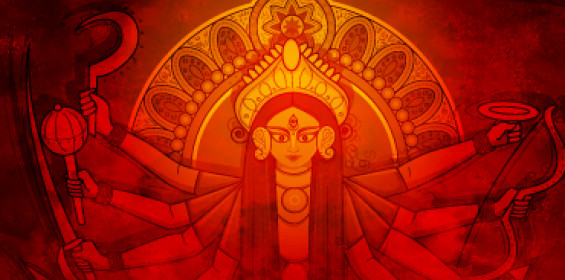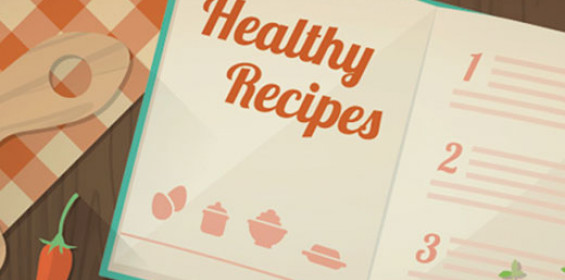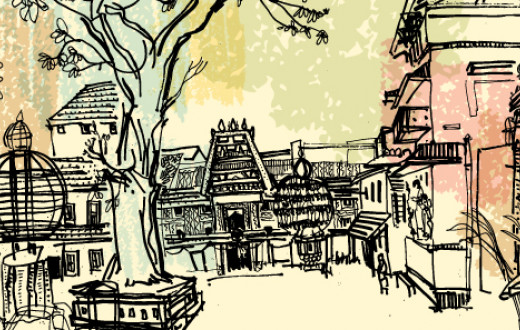Amazing facts about India
The Sanskrit word for sugarcane is Ikshu. It is interesting that one of the oldest dynasties of India, the Surya Vamsa, solar dynasty, which gave rise to luminaries such as Rama, Dasaratha, Aja, Raghu, Dilipa, Bhagiratha, Sagara, Harishchandra, Prthu and many more, was called the Ikshvaku dynasty after one its very early kings, Ikshvaku. This lineage starts from Kashyapa and his wife Aditi. Kashyapa is regarded as the father figure of those times, a few generations after whom comes the famous king, Ikshvaku.
History of sugar
A sweet lineage
According to records, the history of sugar began with a king. Ikshvaku was probably the first to extract juice from sugarcane and the Ikshvaku lineage continued the practice for generations which is why this lineage got its name and fame.
When Trishanku was the king, a Rishi (seer scientist) Maharishi Vishwamitra, farmed it scientifically to grow a large garden of sugarcane, thus beginning its production in India. Due to its scale, beauty and sweet produce, this garden was referred to as a paradise.
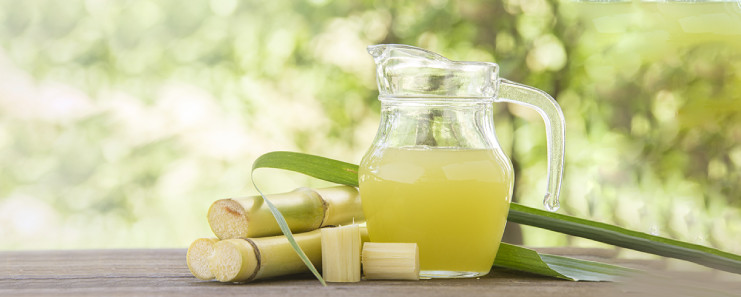
The Valmiki Ramayana mentions sugarcane during Rama’s time:
“The animals that belonged to the exceedingly strong and illustrious warriors, who were the descendants of Ikshvaku, were fed with pieces of sugarcane and grain soaked in honey, duly cajoling them to eat.”
Ram, the events of the Ramayana and Rishi Valmiki can be dated back to around 5114 BCE, which implies that even 7,000 years ago, sugarcane production in India was known to the people.
In the Jain tradition
In the Jain tradition too, the first Tirthankara, Lord Rishabhdev, known as Adinatha is also referred to as Ikshvaku. Rishabhdev earned the name Ikshvaku as he could extract sugar from sugarcane. He also broke a year-long fast with sugarcane juice.
During Sangam times
In the Sangam literature, Purananooru, in verse 99, the elderly poetess Avvaiyar praises Adhiyamaan Nedumaan Anji, the local chieftain of Thagadur, which is traceable to Dharmapuri of present day Tamil Nadu.
She extols the virtues of his lineage by saying how Adhiyamaan’s ancestors were the ones who had introduced sugarcane to the people. The last of the three Sangam periods can be traced from 3000 BCE to 1 BCE.
This shows that the knowledge and practice of sugarcane production in India existed 5,000 years ago and had come down from earlier times. Interestingly, Adhiyamaan was one of the prominent Chera kings. The Chera dynasty ruled parts of Tamil Nadu today known as Coimbatore, Erode, Salem and the region around. These regions also happen to be the sugarcane growing belt of Tamil Nadu today.
In Panini’s text
Panini, the Sanskrit grammarian, was the first grammarian the world has ever known and is still considered to be the best. He was born in Afghanistan, then a part of Bharat.
Panini who lived around 2956 BCE, i.e. close to the Mahabharata period, about 5,100 years ago, wrote, “Gourasha auang desho goura” meaning Gour is the place of gur (i.e.jaggery). Gour, Gaud, Gauda is a region in Bengal including some parts of Bangladesh.
One of the prominent regions of Gaur used to be Pundrakshetra or Pundravardhan which is referred to as Pundra Bardhan today. The word Pundra means white, pale. Gaur, gaud also means pale as in gauri, the fair one.
The place Pundrakshetra used to be a belt where a species of sugarcane called Punda was extensively cultivated. This species was called Punda meaning white as this variety of sugarcane was tall, white, soft, juicy and thick, which yielded good molasses and soft jaggery. This land was therefore alternatively called Pundadesa, meaning land of Punda.
A Dutch angle
When the Dutch took over parts of Caribbean such as Curacao, they established sugarcane, cotton and tobacco plantations there and soon Curacao developed into a center for Dutch slave trade. Its main district Willemstad became a flourishing port city designed and fortified for trade and the heart of this district was named Punda.
This name is today translated as ‘The Point’ from the Dutch ‘de Punt. Seeing the history of Punda in Bengal, the Dutch colonization of India and their sugarcane production in India (in Punda) and using it as a trade center strengthens the case for how sugar went from India to Europe along with its various names. A city which was a center for trade would naturally bear a reference as ‘The Point’.
Going to the rest of the world
‘Something About Sugar’, written by George M. Rolph in 1917, traces the history of sugar. It shows the first Chinese record of sugar, to manuscripts dating to the 8th century BCE which themselves mention that China was introduced to sugar by India.
According to further Chinese records, China sent missions to India in 647 CE, to learn the technique of refining sugar. During Emperor Harsha’s rule between 606 to 647 CE, envoys from India went to Tang China to teach the Chinese how to cultivate sugarcane since the Chinese Tang Emperor Taizong was keen to grow sugarcane in China.
The first sugar plantations of China thus came up only around 7th century CE. Looking westwards, sugarcane first reached Europe around 323 BCE.
Alexander on his return home, took sugarcane from India with him. Enroute, the troops spread sugarcane through Persia and West Asia. They called this a “honey-bearing reed” and called it sakkharon in Greek. Sakkharon finds mention by Discoredes in 56 CE.
Europe seems to have forgotten this honey-bearing reed, until the Arabs took this sweet secret once again, from Persia to Spain around late 600 CE, when they conquered Spain. Sugarcane trade was one of the major outcomes of the Dark Ages and the Crusades. The Crusaders who came in contact with the Asia Minor and West Asia (where sugarcane was being cultivated and sugar produced) became addicted to sugar. They established trade connections between Venice and these lands to route sugar to Europa via Italy.
After starting as trade centers for sugar in Europe, Venice and Sicily soon became production centers too, once they learnt how to grow sugarcane in Italy and nearby islands. But that production was miniscule in comparison to what was needed to feed Europe’s growing sweet tooth.
Trade in sugar made the merchants of Venice and the Crusaders rich, until the Turks captured Constantinople. This disrupted trade which eventually died out in these regions due to neglect.
Sugar colonies, slavery & more
Sugarcane needs a moist, warm climate with fair intervals of dry, hot weather with plenty of water for irrigation. Europe, in desperate need for sugar, started colonizing the regions in the tropical belt, which enjoyed such weather and used them to produce sugar for its consumption.

Europeans in their obsession to control sugar trade went on to perpetuate slavery, indentured labour and migration of people from India to:
- Mauritius and other Indian Ocean Islands
- Fiji and other Pacific islands
- West Indies and the Caribbean
- South East Asia
- East Africa
- Natal
In 16th and 17th century, sugarcane plantations grew in large numbers in Tahiti, Brazil, and Jamaica. Based on records maintained in these colonies, over 2,40,000 Indians were taken to Guyana alone over just 75 years to work as laborers. Plantations were run with slaves from Africa and indentured laborers from India. For example, records show how the number of African slaves in Jamaica went up from 3,000 in 1655 to 300,000 in 1800s. Sugarcane plantations based on slavery soon spread to the entire Caribbean region which came to be called sugar islands.
British ships picked up slaves from Africa, and sold them to the plantations in the Americas/ Caribbean and took back sugar to England. Not only sugar but slave trade also became a source of great wealth for England in the 17th and 18th centuries.
Call a rose by any name...
To retain their trade monopoly, sugar from India, which was a higher grade sugar, was exported to Europe. In its stead, sugar, which by then had started to be produced in Egypt and China, was imported into India by the Europeans. This made cheeni come into India from China and stayed back as the colloquial name for sugar in India. This sugar was white due to a bleaching process Egypt had discovered and later came to be regarded as a superior sugar. It is only now that the world is waking up to the ill-effects of white sugar and seeking to reverse to the un-bleached, brown sugars that was used in India.
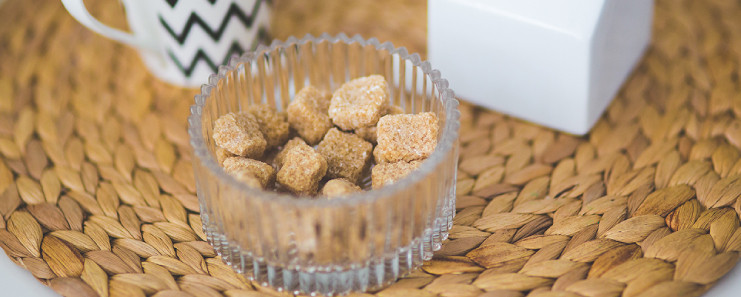
Sugarcane juice was processed in many ways to yield different forms of sugar. A crystal form called khanda eventually became popular as candy in English, Qand in Arabic and Kan Di in China. Another form of larger crystals is called misri and interestingly it is called Mi Sha Li in China. The word, jaggery, in English is a variation of the Sanskrit word sharkara.
Sharkara became
- Shaker in Persian
- Al-Sukkar in Arabic
- Azzuker, Azucar in Spanish
- Saccharum in Latin
- Zucchero in Italian
- Zucker in German
- Sucre in French and
- Sugar in English
An intermediary product between jaggery and sugar is called khandsari in northern India, naattu sakkarai in Tamil. It is a form of unrefined, raw sugar, which is rich in vitamins and minerals. It is different from brown sugar, being a stage much before that of brown sugar.
Thus, the history of sugar demonstrates that India has been the home for sugar from time immemorial. Sugarcane production in India and sugar goes way back by many millennia.
The material has been sourced from @bharathgyan. This research team, led by a passionate husband-wife duo - Dr. DK Hari and Dr. Hema Hari, unearth some of India’s untold stories and make them contemporary. You can click here to buy any of their books on Indian civilization.

